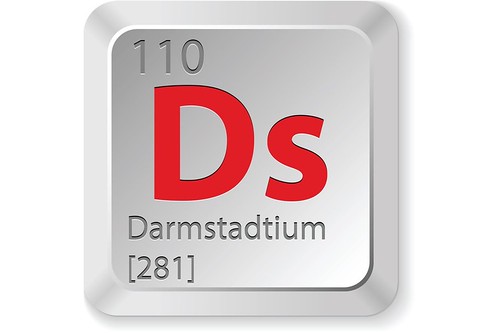Spain, France and Great Britain sign the Treaty of Seville.
The Treaty of Seville, also known as the Treaty of Seville of 1729, was an international agreement signed on November 9, 1729, in the Spanish city of Seville. This treaty was primarily a diplomatic settlement between the European powers of Spain, France, Great Britain, and the Dutch Republic. It aimed to resolve a number of conflicts and territorial disputes, particularly in the Caribbean and North America, that had arisen as a result of the War of the Quadruple Alliance (1718-1720).
Conflict Resolution: The treaty was primarily a peace treaty, aiming to end the hostilities that had been ongoing as part of the broader War of the Quadruple Alliance. The war had primarily pitted Spain and France against a coalition of Great Britain, the Dutch Republic, and the Holy Roman Empire.
Territorial Adjustments: The Treaty of Seville involved territorial adjustments, with some colonial possessions changing hands. For example, Britain agreed to return some of the territories it had captured during the war, such as Gibraltar, Menorca, and Florida, to Spain. However, Britain was allowed to retain its rights to the lucrative slave trade in the region.
Commercial Agreements: The treaty also addressed various commercial and trade matters, including the regulation of commerce in the Caribbean and the Americas. It aimed to promote peaceful trade and economic relations between the signatory powers.
Guarantees and Provisions: The treaty contained provisions to maintain the balance of power in Europe and to ensure the security of the Spanish throne under the Bourbon dynasty. It also guaranteed the rights of the Spanish monarchy to the Italian territories of Naples, Milan, and Sicily.
Diplomatic Significance: The Treaty of Seville is significant in the history of international diplomacy as it marked a shift from the earlier anti-Spanish sentiment that had prevailed in Europe. It also showed the changing dynamics of power and alliances among European nations during the early 18th century.



